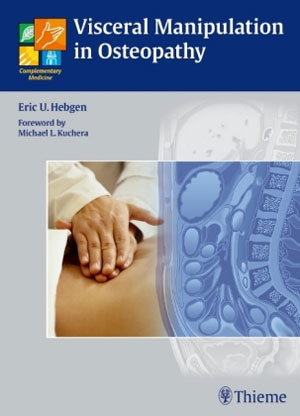Visceral osteopathy
Books on visceral osteopathy
In addition to craniosacral and parietal osteopathy, visceral osteopathy is another area of osteopathy. This part deals with the internal organs, (Latin: viszera). The organs are connected by our connective tissue. The internal organs have their own rhythm (example: lung/breathing). These movements of the organs can be felt by the therapist. Both wrong posture and scar tissue or inflammation can lead to adhesions or tensions. These cause overloading which causes our organs to stop functioning properly. Thus, disorders of the internal organs, e.g. Consequences such as menstrual disorders, bladder weakness or incontinence arise. In visceral osteopathy, the therapist tries to feel these tensions and supports the organ’s own movement. Thus, the organ is vitalized and the self-healing powers of the patient are stimulated. Together, they provide a higher vitality and improved function of the organ. This also has a positive effect on the surrounding organs and muscles. Leading authors in the field of visceral osteopathy are Barral, Corts, Hebgen, Liem or Strunk.


